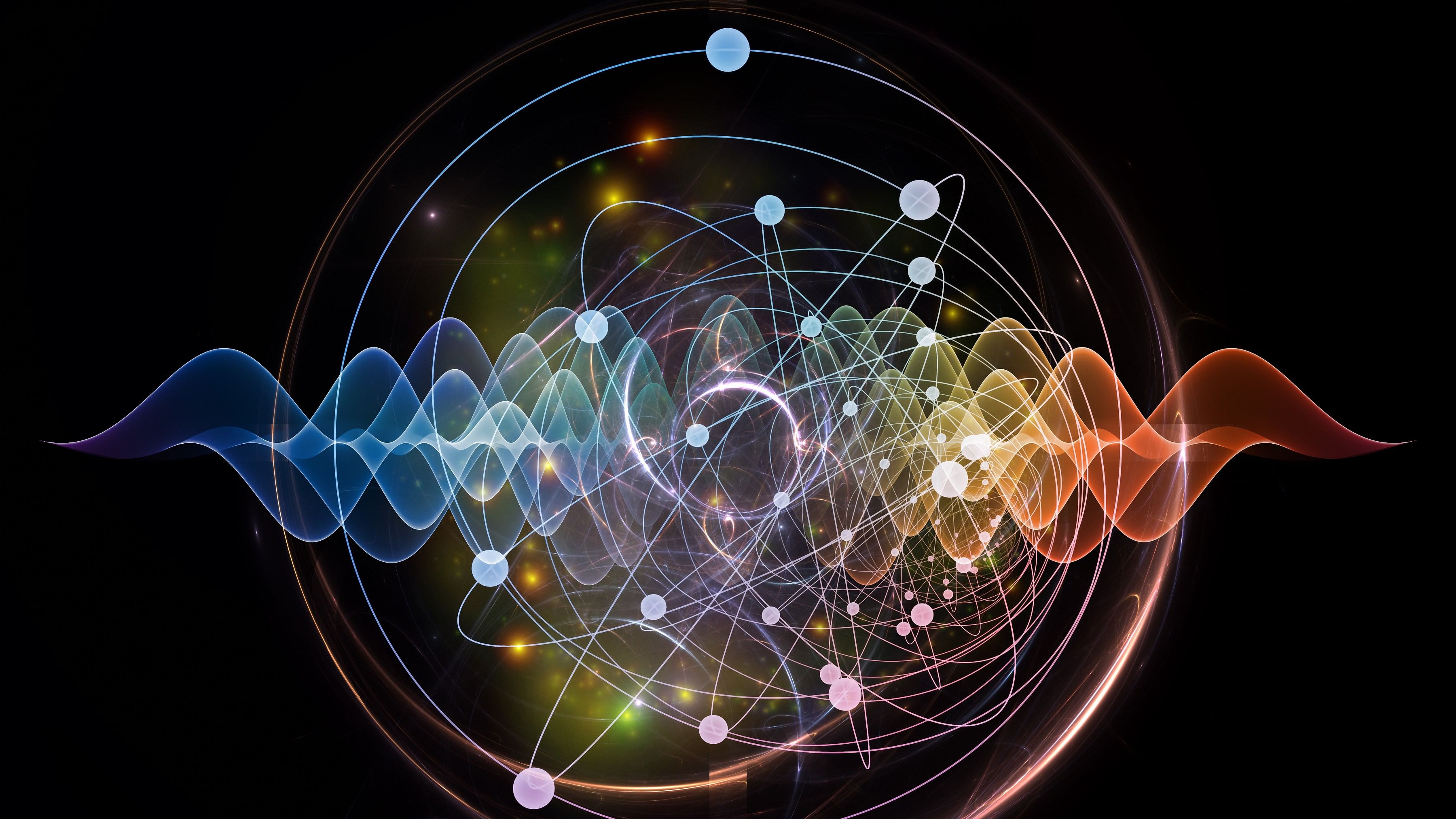
Representational image
Credit: iStock
New Delhi: Scientists have measured gravity at the microscopic scale in a new study, which they say paves the way for finding the elusive quantum gravity theory.
The gravitational force, originally discovered by physicist and mathematician Isaac Newton, is known to be fundamentally weak, gaining prominence and being detectable only at macroscopic scales.
Einstein's theory of general relativity - the widely accepted theory of gravity - has been confirmed through experiments multiple times, more recently by directly observing gravitational waves from the merging of two black holes in 2016 and other black hole imaging studies.
However, in the quantum realm, or at the atomic scale, how the gravitational force works is not yet fully understood, even as it is believed that particles and forces at this scale interact differently than regular-sized objects.
In this study published in the journal Science Advances, physicists at the University of Southampton in the United Kingdom along with those in the Netherlands and Italy, report that they have successfully detected a weak gravitational pull on a tiny particle using a new technique involving levitating magnets.
Lead author Tim Fuchs, from the University of Southampton, said the results could help experts find the missing puzzle piece in our picture of reality.
"For a century, scientists have tried and failed to understand how gravity and quantum mechanics work together. Now we have successfully measured gravitational signals at the smallest mass ever recorded, it means we are one step closer to finally realising how it works in tandem," he said.
Using a sophisticated setup involving superconducting devices, or "traps", with magnetic fields, sensitive detectors and advanced vibration isolation, the scientists measured a weak pull of just 30 attonewtons (aN) -- 30 quintillionths (10 raised to -18) of a newton -- on a tiny particle of weight 0.43 milligrams by levitating it in freezing temperatures a hundredth of a degree above absolute zero -- about -273 degrees Celsius.
The results open the door for future experiments between even smaller objects and forces with their novel technique employing extremely cold temperatures and devices to isolate vibrations of tiny particles likely proving to be the way forward for measuring quantum gravity, said professor of physics Hendrik Ulbricht.
"From here, we will start scaling the source down using this technique until we reach the quantum world on both sides. By understanding quantum gravity, we could solve some of the mysteries of our universe - like how it began, what happens inside the black holes, or uniting all forces into one big theory," said Fuchs.
"Unravelling these mysteries will help us unlock more secrets about the universe's very fabric, from the tiniest particles to the grandest cosmic structures," added Ulbricht.